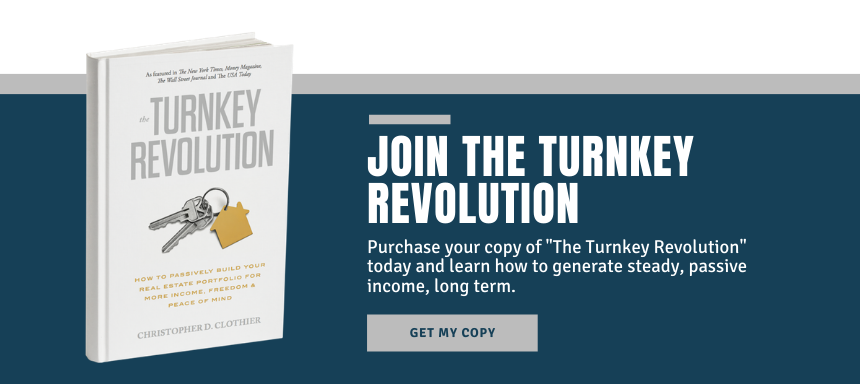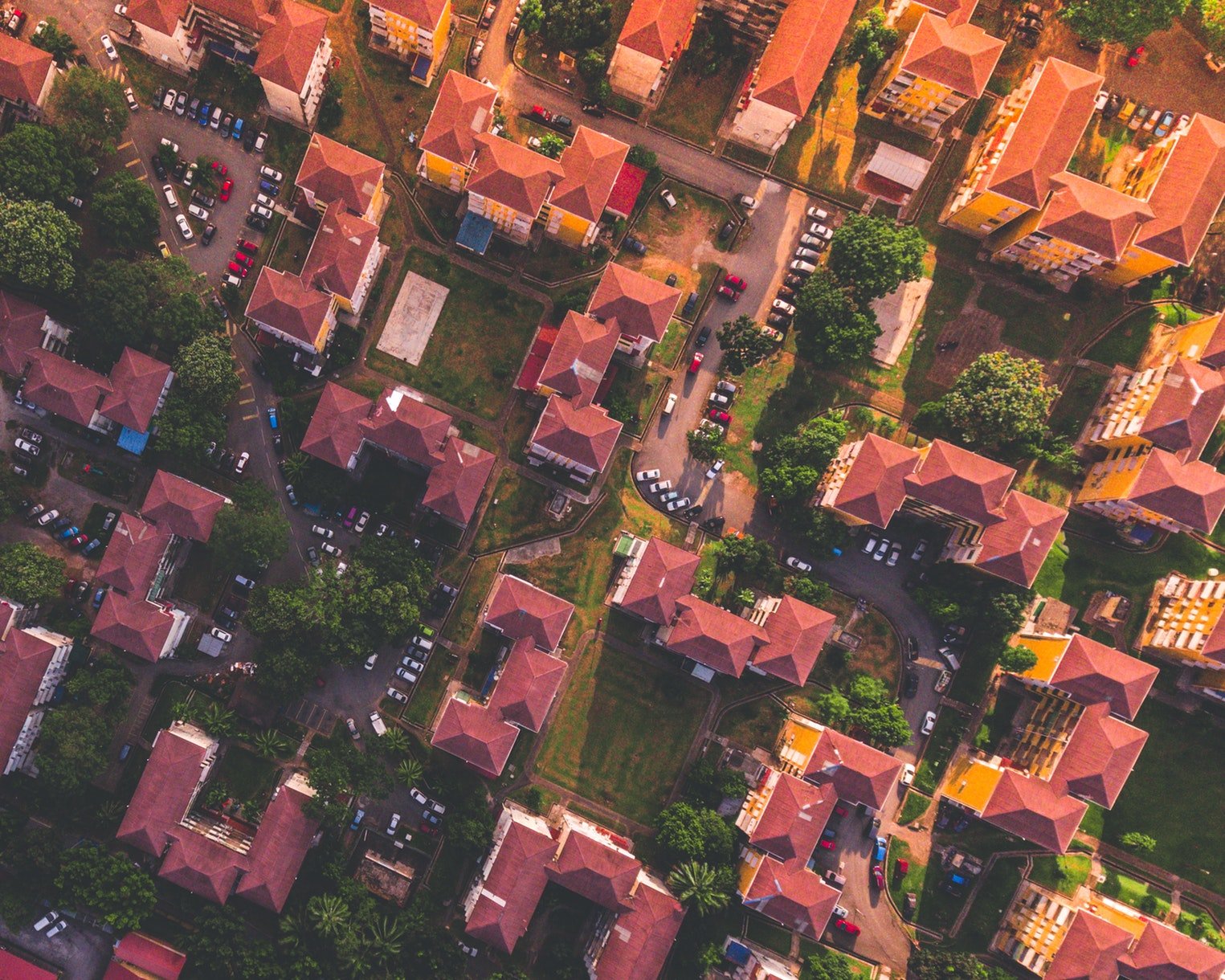 The U.S. housing market is in a slump. 2019 is bringing with it a flurry of predictions and speculations, many of which have to do with the shifting environment. Are we due for a bubble burst? Unlikely. The conditions in which the housing market crashed in 2009 are wildly different than the conditions we're currently experiencing.
The U.S. housing market is in a slump. 2019 is bringing with it a flurry of predictions and speculations, many of which have to do with the shifting environment. Are we due for a bubble burst? Unlikely. The conditions in which the housing market crashed in 2009 are wildly different than the conditions we're currently experiencing.
What we're seeing now, and what is causing this “slump” is an increase in interest rates, which is causing some homebuying to slow, an increase in homebuilding, which is increasing inventory. Combined, home prices are dropping. Increasing inventory, dropping demand.
But we're seeing something else curious happening. Something new. Builders, rather than building traditional single-family homes, are turning their sights to building rentals.
What is Build-to-Rent?
Okay...but building rentals isn't new. We've had apartments for ages. But Build-to-Rent is a new beast. Rather than building apartments, Build-to-Rent is the building of traditional, detached single-family homes, but with the expressed purpose of selling to rental operators. These developers are building rentals from the ground-up, aimed at millennials and Baby Boomers looking to downsize.
There's a lot of demand for rentals, in contrast to traditional homes suffering from both hiking interest rates and, in numerous markets, high prices. In many areas, despite increased homebuilding, it is not in an affordable price range for many of those looking to buy homes.
So why the high renter demand? And what does it mean for real estate investors who are outside of the Build-to-Rent model?
3 Things Building the Renter Nation
Rising Interest Rates & Financial Woes
One of the biggest factors in the creation of the growing rental nation is affordability. Rising interest rates (ending the year at a 4.54%, which is still historically low) combined with high home prices have been discouraging for would-be homebuyers, especially the millennials who are often saddled with unprecedented heights of student debt.
With factors like wage stagnation and the fact that over one-third of millennials (39 percent aged 18-24 and 44 percent aged 25-34) have side jobs to make ends meet, compared to 29 percent of all workers, it's no wonder that the prime homebuying demographic hesitates to buy.
Shifting Lifestyle Priorities
When we think about the shifting lifestyles and the nature of the American dream, we can see why we are becoming a predominantly renter nation. Americans don't stay in the same jobs for their entire careers anymore. They don't live in a family home for thirty or forty years. Renting provides the flexibility necessary to pick up and move across the country (or the world) when opportunity arises. There is less upkeep, less maintenance, and less worry involved with renting, and this is attractive in the face of a culture that increasingly values flexibility.
Lack of Traditional Inventory
One of the biggest causes, at least in recent years, of an increase in rentership is simply a lack of inventory for traditional housing. We still see that homebuilders, though they are increasing their output to meet demand and this is bringing down prices, don't often build in the price range that consumers need. This is because in this affordable range it is difficult for developers to meet their margins for profit. It is easier to build in the mid- and upper-ranges.
For a time, many homeowners, particularly in hot markers, held tightly to their properties in hopes that their home values would continue to snowball. This, combined with astronomical demand and slow homebuilding, meant that inventory was so tight that few buyers could compete on the market.
As traditional inventory increases, this will alleviate, but many would-be homebuyers have already turned to renting as their solution.
What Build-to-Rent Says About Investing in Real Estate
Ultimately, what we can say about the Build-to-Rent model is that it is capitalizing on a trend that we already knew was here to stay. We knew renting would not be going anywhere, no matter what the housing market did. Build-to-Rent is indicative of the changing culture and trends around us, showcasing that the desire to rent is not niche and it is not a last resort—it is, for many, desirable.
In fact, so desirable that Memphis Invest has been building new investment properties for our investors over the last 4 years! We've built more than 150 new-build homes in the Memphis area alone, and have 26 more under construction as we begin 2019. These build-to-rent homes meanmore modern design elements like open, eat-in kitchens and larger master bathrooms. But one of the best things about these new build properties is the low maintenance and energy efficiency! With the house containing all new materials and appliances, utility costs and repairs can be kept at a minimum.
As real estate investors, we have the opportunity to be on the forefront of great rental experiences and rental culture. It's about great experiences not only as investors building successful portfolios but for our residents looking to build lives and homes.
You can be at the head of the pack with Memphis Invest. Talk to an adviser to today to see how you can start building a truly great passive real estate portfolio.













